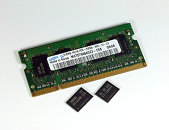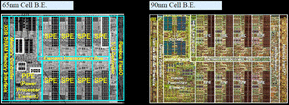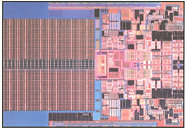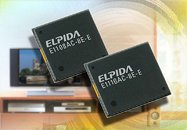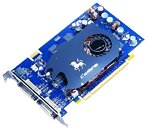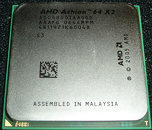
Leaker Claims No Liquid Metal Cooling for PlayStation 5 Refresh
PlayStation 5-related rumors have been flowing over the past week—Zuby_Tech was reportedly the main source responsible for leaking out Project Q footage, but the tipster has turned to his attention to an alleged new version of the host system. Yesterday's tweet makes reference to a refreshed PlayStation 5 model—the "CFI-1300 series"—with a revised 5 nm APU. The late-2020 launch model (CFI-1200) sported a 7 nm chipset, while 2022's die shrink granted the CFI-1202 series with a 6 nm SoC.
The tipster thinks that Sony will be dropping the PS5's liquid metal cooling system for its next iteration, thanks to a central 5 nm part offering greater efficiency and reduced thermal output. Previous reports have predicted that this refreshed "modular model" is marked for a late 2023 release window. Sony has been running a summer price reduction campaign—could this marketing incentive be clearing the way—i.e selling off older stock—in anticipation of the refreshed model's arrival? "CFI-1300" should not be confused with the heavily rumored PlayStation 5 Pro variant—Insider Gaming's Tom Henderson has reiterated multiple times that this major hardware upgrade is still a long way off from launching.
The tipster thinks that Sony will be dropping the PS5's liquid metal cooling system for its next iteration, thanks to a central 5 nm part offering greater efficiency and reduced thermal output. Previous reports have predicted that this refreshed "modular model" is marked for a late 2023 release window. Sony has been running a summer price reduction campaign—could this marketing incentive be clearing the way—i.e selling off older stock—in anticipation of the refreshed model's arrival? "CFI-1300" should not be confused with the heavily rumored PlayStation 5 Pro variant—Insider Gaming's Tom Henderson has reiterated multiple times that this major hardware upgrade is still a long way off from launching.







